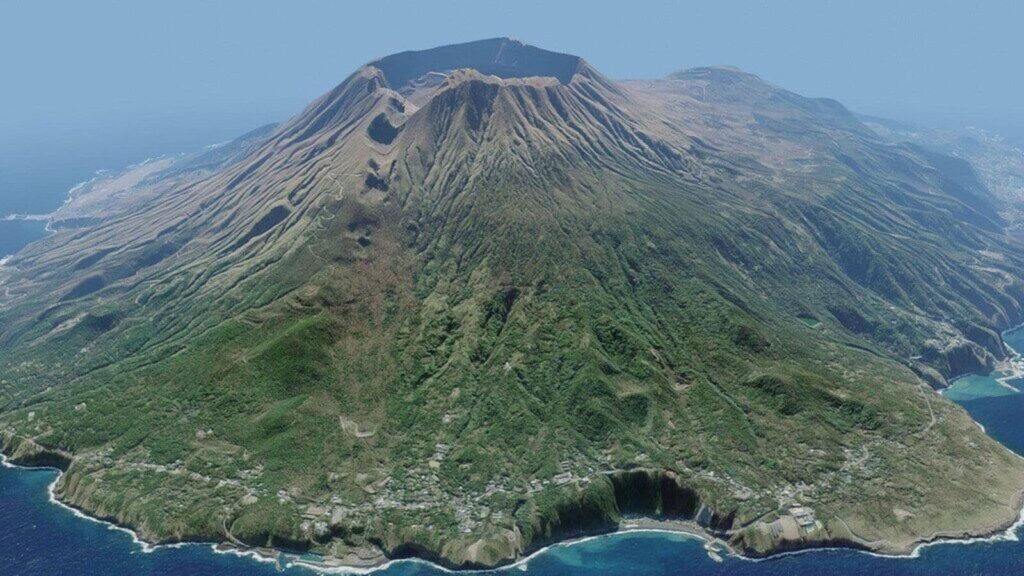Plate tectonics is geology’s Theory of Everything. The realisation in the 1960s that Earth’s crust is made of fragments called plates—and that these plates can grow, shrink and move around—explained the origins of mountain ranges, ocean trenches, volcanoes and earthquakes. It also explained why continents drift over the planet’s surface and thus, from time to time, come together to form an all-embracing supercontinent.
Mountain ranges, ocean trenches, volcanoes and earthquakes are, however, things that happen mainly where plates abut. Plate tectonics is not as good at explaining events and features elsewhere, particularly in continental interiors. These are often dominated by extensive highlands called plateaux, which differ in form from mountain ranges and are frequently bounded by giant escarpments. But, as he told the annual meeting of the American Association for the Advancement of Science in Boston, Tom Gernon of Southampton University thinks he can bring these puzzling geographical features into the ambit of plate tectonics as well. His team’s calculations suggest they are caused by waves that ripple through Earth’s mantle, the layer below the crust, when continents divide. They may even be responsible for some of the “mini” mass extinctions which punctuate the fossil record.
His work began with a different, more eye-catching question: explaining how diamonds are propelled to the surface. Diamonds are crystals of carbon compressed into that form by the high pressure found in the upper mantle. Those discovered at the surface have been carried there by unusual, explosive volcanoes called kimberlite pipes, which traverse the crust from bottom to top, erupting at ground level.
Dr Gernon and his colleagues proposed that the rifting of continental plates sets in motion a slow-moving wave through the semi-liquid rock of the mantle. (Really slow-moving: they estimate it travels at about 15-20km per million years.) This wave of hot rock ablates the bottom of the crust, forming gas-charged magmas that erupt violently as kimberlite pipes.
They then followed up this work by asking what other consequences their newly discovered waves might have. The answers, when they ran their model on a computer, were giant escarpments with plateaux behind them. These features were formed by a process known as isostatic rebound, in which the travelling wave removed the crust’s underside, causing the rock above to rise, rather as a balloon rises when its crew jettison ballast.
All this rapidly emerging highland will, though, be subject to immediate erosion. And that is where the extinctions come in. Really big extinctions, such as those at the end of the Permian and Cretaceous periods, have big, sudden causes (huge volcanic eruptions and collision with an asteroid respectively). But these are interspersed by numerous smaller catastrophes that particularly affect the oceans, and are associated with reduced levels of oxygen.
This reduction of oxygen seems to happen because organic matter is being created in greater than normal quantities, and then decomposing, sucking that element out of the water. Dr Gernon thinks this is a result of pulses of erosion caused by plateau uplift fertilising the oceans with phosphorus. That causes life to bloom, increasing the amount of organic matter available for decomposition. He argues, in particular, that the pattern of these mini mass extinctions during the Jurassic and Cretaceous periods supports his hypothesis.
It all, then, fits very nicely together. Geology’s Theory of Everything continues successfully to defend its title.
© 2025, The Economist Newspaper Limited. All rights reserved. From The Economist, published under licence. The original content can be found on www.economist.com

